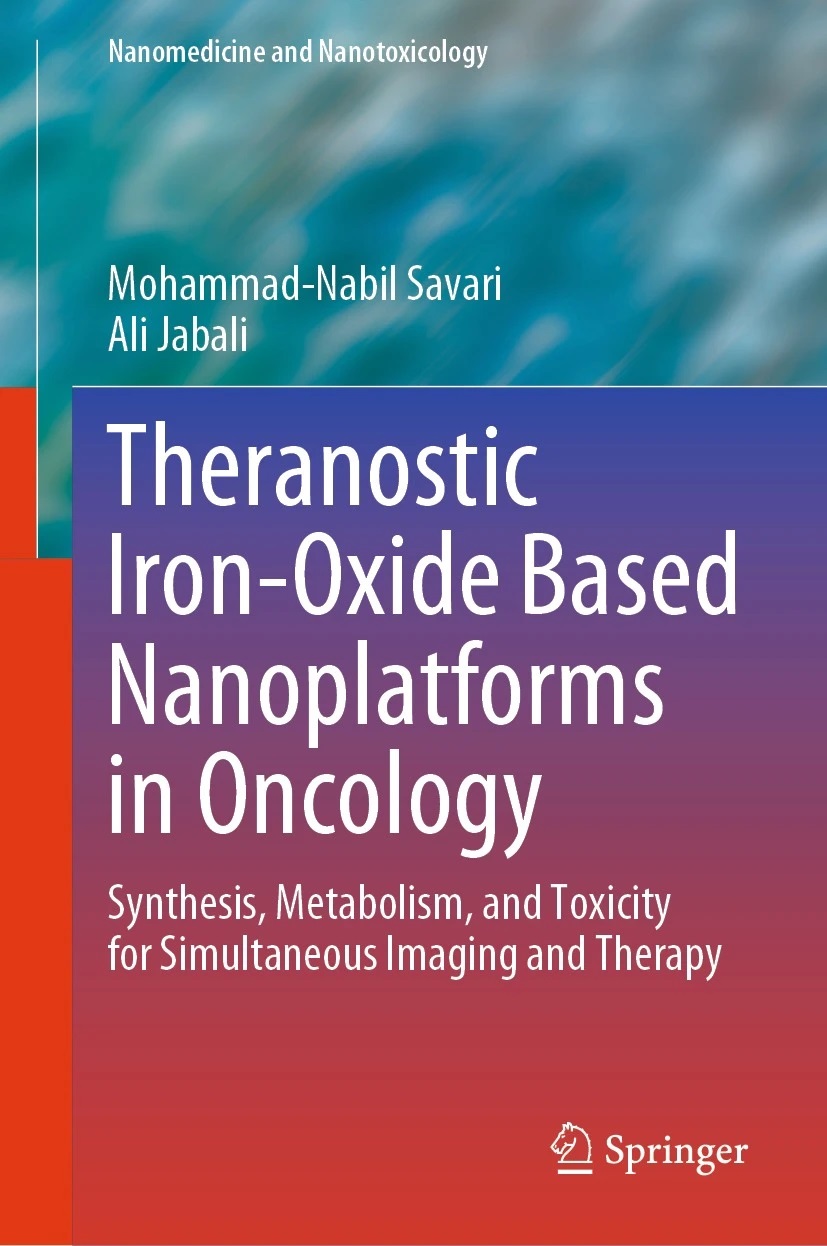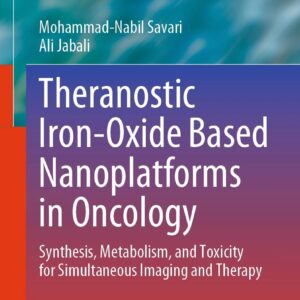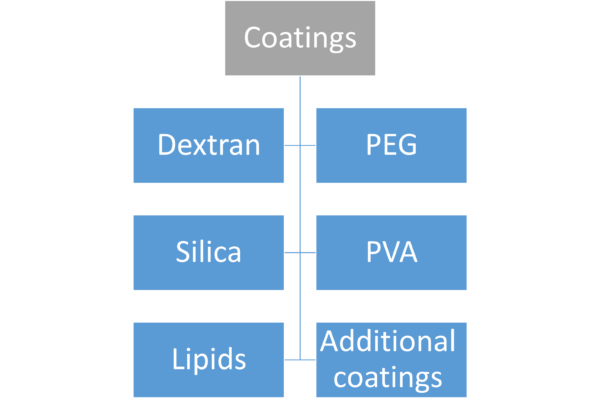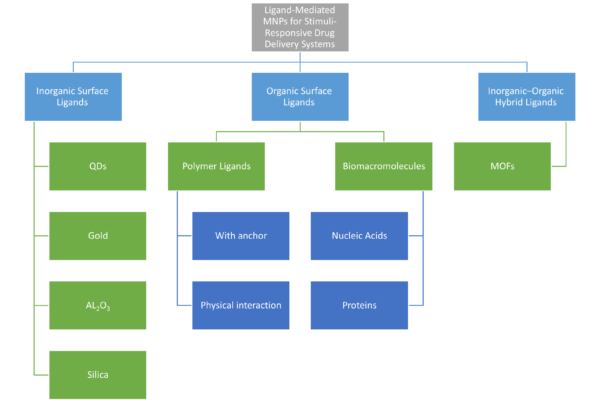توضیحات
One of the biggest issues facing mankind is cancer, which is a complex illness with a high incidence and is the second leading cause of death in economically developed nations. The estimated worldwide cancer prevalence in 2020 was 18,094,716 new cases and over 10 million fatalities, according to the literature. This shows a possible increase of 70% over the next decades (de Martel, Georges et al. 2020, Ferlay, Ervik et al. 2020, Organization 2020). By 2040, the WHO predicts that there will be 16.5 million cancer-related deaths yearly and 29.5 million new instances of cancer (Kudarha, Dhas et al. 2015, Dhas, Parekh et al. 2019). Delivering therapeutic molecules to cancer cells while preventing toxicities in healthy cells and tissue is the main difficulty in cancer treatment. To selectively deliver therapeutic molecules to cancer cells, nanomedicines have therefore been developed. Currently, radiation, surgery, and chemotherapy are the most effective therapeutic methods (Norouzi, Amerian et al. 2020). As of today, brain tumors are usually treated by surgery or excision of malignant tissue, followed by other treatment modalities called “adjuvant therapy.” Radiation therapy (RT), chemotherapy, and photodynamic therapy (PDT) are all excellent examples of adjuvant therapy (Ullrich and Pomeroy 2003). Despite its invasive nature, surgery is still the keystone of treatment methods when it comes to brain tumors, for these tumors can only be detected when they are large enough for today’s diagnostic methods (Rutka and Kuo 2004). However, traditional single cancer therapy, including surgery, radiotherapy, targeted therapy, and chemotherapy, has limited efficacy and severe side effects. According to this situation, the super-additive effect (i.e. “1+1>2”) occurs. That is, the increase of synergy between several monotherapies causes the emergence of multimodal synergy, which is a more effective combination than any monotherapy or their theoretical combination.(Anand, Kunnumakara et al. 2008, Fan, Yung et al. 2017) Recently…
Introduction
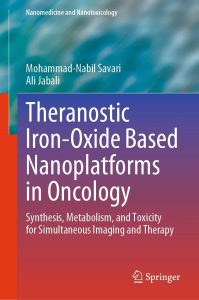
The most researched component of FDA-approved nanomedicines is iron oxide (Bobo, Robinson et al. 2016). For many bioengineering and biomedical applications, iron oxide nanoparticles (IONPs), which belong to the ferromagnetic class of magnetic materials, are used (Figuerola, Di Corato et al. 2010, Mohammed, Gomaa et al. 2017). Magnetite (Fe3O4), Maghemite (γ-Fe2O3), and blended ferrites (MFe2O3 where M = Co, Ni, Mn or Zn) are some of the several kinds of IONPs (Wu, Wu et al. 2015). have proved to be effective as contrast agents, drug delivery vehicles, and thermal-based therapeutics (Arias, Pessan et al. 2018). This material is uniquely capable of biomedical applications efficiency, such as diagnostics, imaging, and photothermal therapies. Biocompatibility and stability are filling the niche of applications that requires properties impossible by organic materials. However…
URL: https://link.springer.com/chapter/10.1007/978-981-99-6507-6_1
نویسنده: Mohammad-Nabil Savari
4.98
